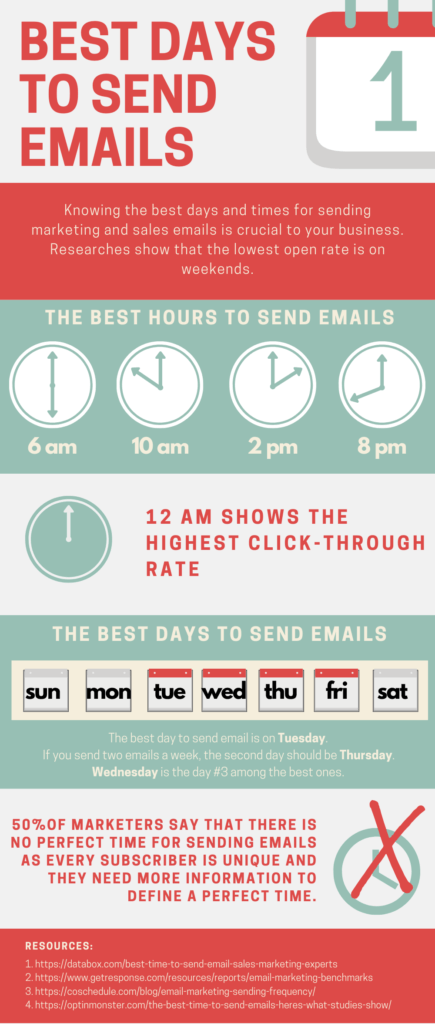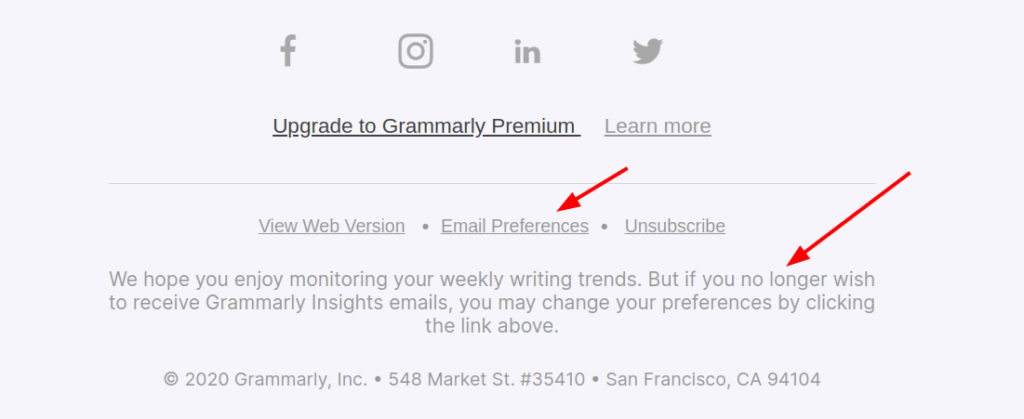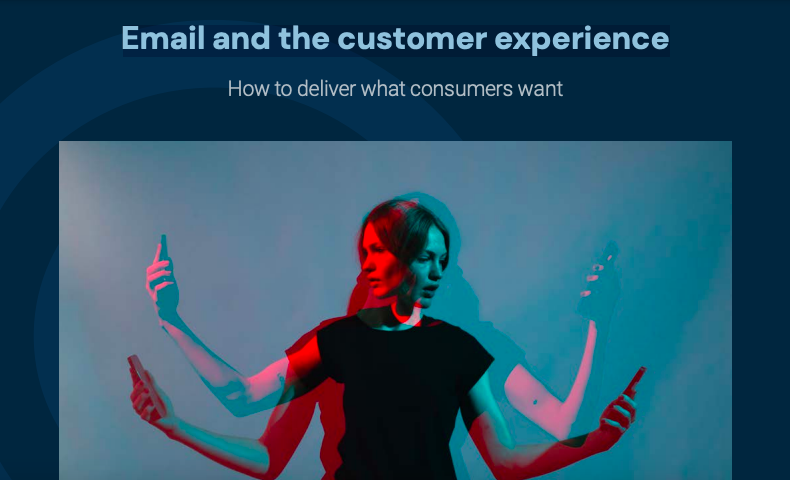Email marketing needs thorough preparation. Sending emails right and left will only help you reach the spam folder, not the inbox. Too often it seem these day emails only raise the wrong kind of questions: Who is this? Why are they writing to me? Did I subscribe?
To avoid this, you as a professional need to consider your own audience, your marketplace and be guided by the numbers.
Your subscriber base, how they interact with your email and what they do when. you email them and how they react will all go to help you decide on when and how often to send email marketing emails.
There are two quick rules you can apply to ensure you are doing right by your subscribers and your brand, the first ensure you have permission, the second make sure you have something worth hearing.
How the email frequency influences the open, reply, and conversion rates
Email sending frequency is a fluid metric by nature. Yet, it has a powerful impact on the email open, click-through, unsubscribe and conversion rates.
As marketing professionals we all trust numbers. They help us get the details fast and provide information we believe we can trust. Let me share with you a few survey metrics related to frequency.

As you’ve noticed, I haven’t included any numbers regarding the conversion rate. In fact, it’s almost impossible to define any numbers, as this metric depends on a few things. The type of email you are sending, your niche and industry, what you count as a conversion, and the average deal price.
Anyway, the sending frequency is powerful. If you send emails too often, your campaign is doomed. If you are sending too rarely, your campaign is doomed. The right balance is what you need.
However, email marketing is not only about frequency. It is also about the appropriate days and times. So when to send emails?
When to send emails (daytime and days of the week)
How do professionals choose days and times for sending their messages? Why do some of them select Mondays while others prefer Saturdays? Why do we get a few emails in the morning, while others are delivered at the end of the day?
Let’s dive into the world of research and define the best days for emails.

So as we see, professionals prefer working days and hours for their email campaigns, Tuesday to Friday with the optimal time of 8 am to 4 pm. That’s not surprising. On weekdays people rest. On Monday, they usually get into work and can ignore your emails. But working hours from Tuesday to Friday are the days business people are more likely to communicate.
Most important of all those metrics though might be the one that states 50% of marketers state their is no perfect time for sending an email.
However, remember that there’s nothing perfect in the world. To find your perfect time for sending emails, you need to conduct your own research and find the sweet spot.
Email frequency best practices
Sending emails, just like creating appealing email copy, has its secrets. To not annoy your subscribers and leads and get into the spam folder, follow these few best practices. These tips will help you perform email marketing campaigns like a pro.
#1. Inform your recipients of the email frequency they will get emails from you
You can design the most attractive email copy, craft the most outstanding CTA, share the most relevant information with your subscribers. But it means nothing if you send too many messages a week.
In the best case, your email recipients will simply unsubscribe. Yet, there’s another scenario: high spam complaint rates.
To avoid the high level of dissatisfaction, notify your new subscribers about the number of emails you are going to send and the sending frequency. In other words set their expectations and try to stick to it. Ensure subscribers are making an informed choice when subscribing. EVen better is if you also allow subscribers themselves to decide on the email frequency by offering the option to ‘opt down’ and not ‘opt out’.
#2. Allow your subscribers to control the email frequency
Respect your subscribers and listen to their preferences. Give them an opportunity to choose the types of messages they want to receive together with the email frequency. A simple Change your preferences here link will reduce the unsubscribe and spam rates.

Thanks to this simple technique, you will demonstrate your respect. Consequently, subscribers will likely be more loyal to your brand. Also, you gain additional insight that will be able to help you segment your audience.
#3. Send surveys to know how often people need your emails
Another option is to share a survey with your subscribers. Make it short, include the key points you are interested in, and get valuable insights. Once you receive another reply, you will easily segment your audience into a few groups and send email drip campaigns according to their preferences.
#4. Segment your recipients
Collected feedback from people? Nice of you. Now, divide them into smaller groups depending on their preferences. Also, take the time zones they live in into consideration. This will allow you to send targeted and expected campaigns.
#5. Be regular but not too often
Remember that people are most likely to unsubscribe from you if you are sending emails too often? With the appropriate email frequency in mind, start working on the campaign sending. Do not ignore what your subscribers expect from you. If they want to see your emails weekly, avoid sending two or more messages per week.
#6. Automate the email campaign sending
You don’t need to spend long hours sending your emails and controlling the frequency. Let email automation tools do it instead of you.
Set an email campaign, create email flows depending on the recipient’s interaction with your messages, and schedule the campaign according to the time zones your recipients live in. After launching the campaign, you will be able to control its performance and edit it if necessary.

#7. Trust in statistics but rely on yourself
None of the professionals can give you the answers to your particular question. It’s all unique and specific. The numbers can only provide support to you and direct you, but they do not necessarily mean they will fit your particular business.
This is why, learn the stats, analyze the research, listen to what professionals in your niche say. But still, conduct your tests and listen to your audience and their needs.
#8. Conduct frequency tests and analyze the results
The worst thing you can do as a professional is simply following other campaigns’ systems and methodologies. Your audience is unique, and they need to be treated uniquely. This is why conduct A/B tests regularly to find out the best frequency for your email campaigns.
For example, split your audience into groups based on the customer engagement level. Then, send emails at different frequencies to 25% of every group. The frequency that will show the highest engagement is the optimal frequency for your subscribers.
Final chord
Thousands of marketers all over the world won’t give you the perfect email sending frequency and dates. All the data from all the email sending platforms combined and the greatest AI will not give you what you need.
Your audience is unique; each of your recipients is unique. The statistics and research can only support you and point you in the right direction. You still need to analyze your audience and discover what they need exactly.







